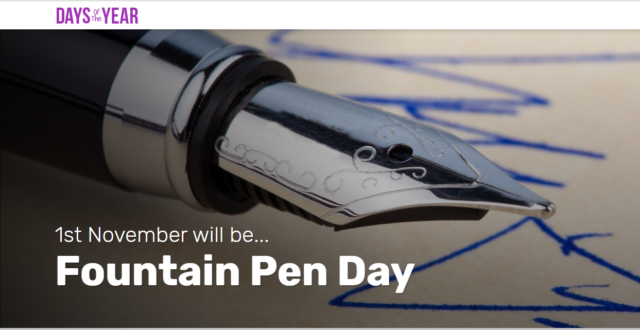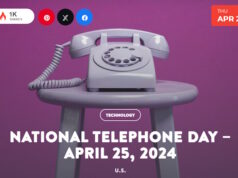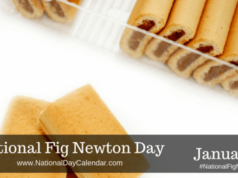
When you are taken to record the most important moments of your life, or turning words into poetry, only the elegance of a Fountain Pen will do. Fountain Pen Day reminds us of this, and encourages us to pick up a fountain pen and put our souls to paper.
Ink required a new tool, and that tool was initially the dip quill pen, a bit of feather (usually goose) with a carefully cut nib to draw up the ink and transfer it to paper.
This was such an amazing innovation that it stayed with us for a goodly long while, but ultimately a new creation was needed that didn’t require constant dipping, and that didn’t require constant recutting of the nib. So it was that the fountain pen came to exist in 1636, combining a wonderful reservoir of ink with a metal nib that didn’t require being recut constantly. The world of writing was changed forever, and it took 300 years for an innovation to come along that overshadowed it.
Overshadowed, but not eliminated, the Fountain Pen is still the writing utensil of choice for those who prefer a more traditional, elegant, and beautiful method of writing. It also has the benefit of producing a cleaner and more consistent line. Fountain Pen Day honors this writing utensil with the long, and ongoing, history.
- The earliest form of fountain pen was used by the Ancient Egyptians, in 3,000 BC. They used a reed straw to write with ink made from vegetable gum and soot.
- For over 1000 years the quill was a popular writing instrument, with the first being used circa 700 A.D.
- The earliest recorded reservoir pen – a pen which held its own ink – dates from the year 953, and mentions were made of metal writing pens throughout the 17th and 18th centuries. It wouldn’t be until the early 18th century, however, that the term ‘fountain pen’ would be commonly used.
- Fountain pens can learn! If your fountain pen has a gold nib, this soft metal will slowly adjust to your style of writing over time. Therefore, the more you use your pen, the more unique your handwriting will become.
- The most expensive fountain pen in the world is the Aurora Diamante. Made from solid platinum and covered with two thousand precious stones, it’s worth approximately £922,000
- The headmaster of the Melville Junior School in Edinburgh, UK, has managed to raise academic performance at his school by insisting that all children be taught to use fountain pens from as young as 7 years old!
- The smallest fountain pen on record is called the “Nanofountain Probe”. It can write lines that are just 40 nanometre in width – that’s 40 billionths of a metre!
- Left handed people are more likely to use fountain pens than right handed people, which is due in part to the development of the rigid nib.
- Famous lovers of fountain pens include Arthur Conan Doyle, Ernest Hemingway, Neil Gaiman and HM Elizabeth II.
- 95 percent of the time, when a person receives a new pen, the first thing they write is their own name.
- Historians believe that the first writing instrument used by primitive humans was the finger. Eventually, man would begin to use metal and bone to create early forms of writing in the dirt.
- During the Middle Ages man made quill pens from bird feathers to accommodate their writing needs. To convert the feathers to writing instruments, the feathered ends were split and sharpened. The ends were then dipped into ink.
- It is believed that the oldest fountain pen in our history was designed by a Frenchman, a Mr. Bion, in 1702.
- In the early 1800s, steel pens, which used steel tips called nibs, dipped into bottles of ink, became popular.
- Jacob Parker is believed to have patented the first self-filling fountain pen in 1831.
- Birmingham (UK) became the number one fountain pen nib manufacturer in the mid nineteenth century. At the time, it was producing half of all of the fountain pens in the world.
- It was Lewis Waterman who developed a fountain pen that used an internal ink reservoir. This creation wasn’t patented by Waterman until 1884.
- Waterman was an insurance broker in New York City in 1883, getting ready to sign one of his hottest contracts. He bought a new fountain pen in honor of the occasion. Then, with the contract on the table and the pen in the client’s hand, the pen refused to write. Worse, it actually leaked onto the precious document.
- Horrified, Waterman raced back to his office for another contract, but a competing broker closed the deal in the meantime.
- By 1890s, fountain pens began to be commonly filled using medicine droppers. Eventually, the droppers would be replaced with internal rubber sacs to hold ink.
- The first fountain pen that did not use an internal ink sac, was created by the Parker Pen Company in 1932.
- On average a pen can write approximately 45,000 words.
- In 1949 Marcel Bich introduced the first inexpensive ballpoint pen, aptly named BIC after himself.
- In 1963 the ‘Hi-Liter’ was developed in Massachusetts by Carter’s Ink, who developed a the water-based marker that emitted an eye-catching translucent ink.
- Not only did a private U.S. company pay for the research for the inexpensive “space pen” NASA uses, but the pen worked so well that the Soviets bought it, too. – Source
- Sylvester Stallone designed a $5,000 pen. – Source
Sources:












